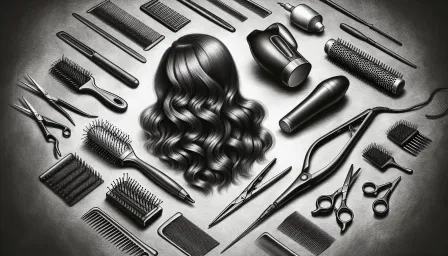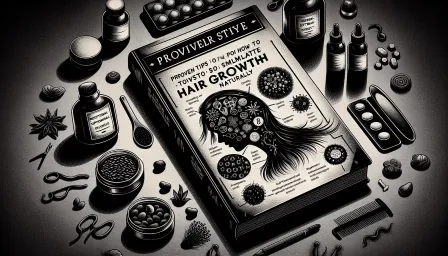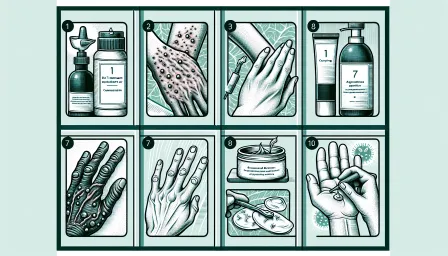Baldness in Women: Causes and Solutions Uncovered

Discover the underlying causes of baldness in women and explore effective solutions to restore hair health. This comprehensive guide covers everything you need to know.
Baldness isn't just a male issue; many women also struggle with hair loss. This comprehensive guide will uncover the causes and present effective solutions for baldness in women.
Introduction
Hair is often seen as a symbol of beauty and confidence. Thus, experiencing hair loss can be distressing for anyone, especially women. Baldness in women has unique causes and solutions, varying significantly from male-pattern baldness. This article aims to provide a detailed examination of the various factors contributing to baldness in women and offers well-researched solutions to manage and potentially reverse this condition.
Understanding Baldness in Women
Hair loss, medically known as alopecia, can affect women of all ages. Though different from male-pattern baldness, female-pattern baldness can also severely impact quality of life and self-esteem. Understanding the root causes is critical for effective treatment and hair regrowth.
Causes of Baldness in Women
Genetic Factors
Heredity plays a significant role in baldness in women. If female-pattern baldness runs in your family, you're more likely to experience it. Genetic predispositions often manifest as hair thinning rather than complete baldness.
Hormonal Changes
Hormonal imbalances can cause significant hair loss. Conditions such as menopause, pregnancy, and polycystic ovary syndrome (PCOS) can disrupt hormone levels, leading to baldness in women.
Nutrient Deficiency
Nutritious food is essential for healthy hair growth. Deficiencies in vitamins and minerals, such as iron, zinc, and biotin, can lead to hair thinning and loss.
Medical Conditions
Certain medical conditions, including thyroid disorders, autoimmune diseases like alopecia areata, and scalp infections, can result in hair loss. Consulting a healthcare provider is crucial for diagnosing and treating these conditions.
Stress
Emotional and physical stress can trigger temporary hair shedding. Stress-induced hair loss, known as telogen effluvium, usually resolves once the stressor is removed.
Hair Care Practices
Improper hair care can contribute to baldness in women. Overuse of heat styling tools, chemical treatments, and tight hairstyles can weaken hair and cause breakage.
Solutions for Baldness in Women
Medical Treatments
Minoxidil is an FDA-approved medication for treating female-pattern baldness. Applied topically, it can stimulate hair growth in certain cases. Consulting a dermatologist is advised for appropriate medications.
Hormonal Therapy
For baldness resulting from hormonal imbalances, hormone replacement therapy (HRT) or birth control pills may help. Such treatments should only be undertaken under medical supervision.
Dietary Changes
A balanced diet rich in essential nutrients can improve hair health. Foods high in iron, zinc, vitamins A, C, D, E, and biotin should be incorporated into your meals. Supplements can also be considered if you're unable to meet these needs through diet alone.
Stress Management
Adopting stress-reducing practices, such as yoga, meditation, and regular exercise, can mitigate the impacts of stress on hair health. Addressing mental health issues with professional help can also be beneficial.
Improved Hair Care Practices
Using mild, sulfate-free shampoos and avoiding excessive heat styling can maintain hair health. Opt for loose hairstyles that don't pull at the roots.
Scalp Treatments
Scalp massage, essential oils like rosemary and peppermint, and specialized treatments can improve blood flow and stimulate hair follicles.
Hair Transplants
For severe baldness, surgical options like hair transplants can be considered. These procedures should be performed by qualified professionals.
Preventive Measures
Preventing baldness is more effective than treating it. Regular scalp care, balanced diet, and avoiding damaging hair practices are essential. Routine medical check-ups can help identify and address underlying conditions early.
Conclusion
Baldness in women can be an emotionally challenging condition, but understanding its causes and applying effective solutions can make a significant difference. Whether through medical intervention, lifestyle changes, or improved hair care practices, it’s possible to manage and even reverse hair loss. By taking a proactive approach, women can restore their hair health and regain confidence.



























